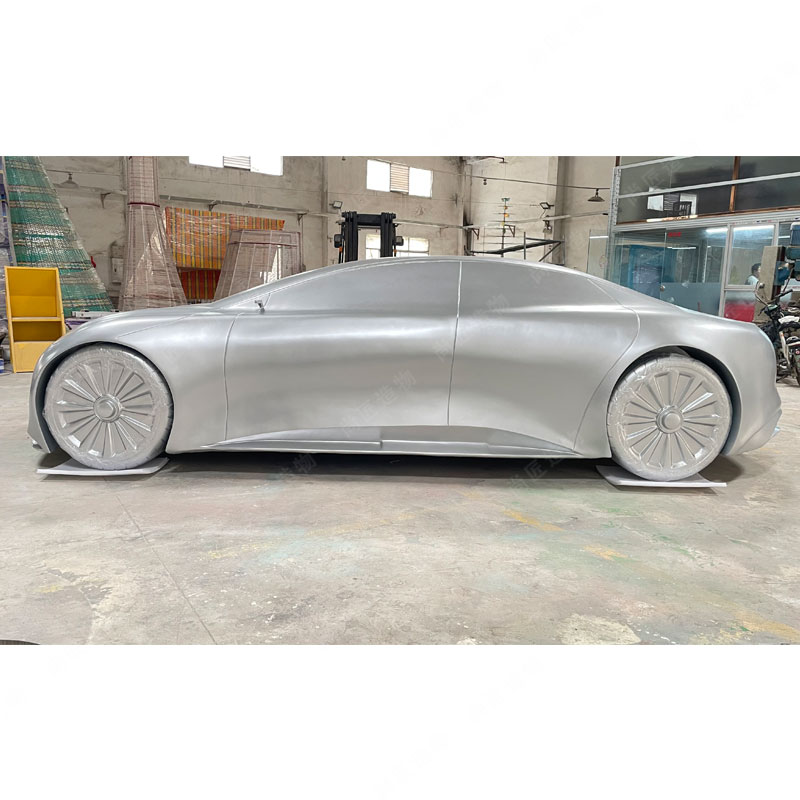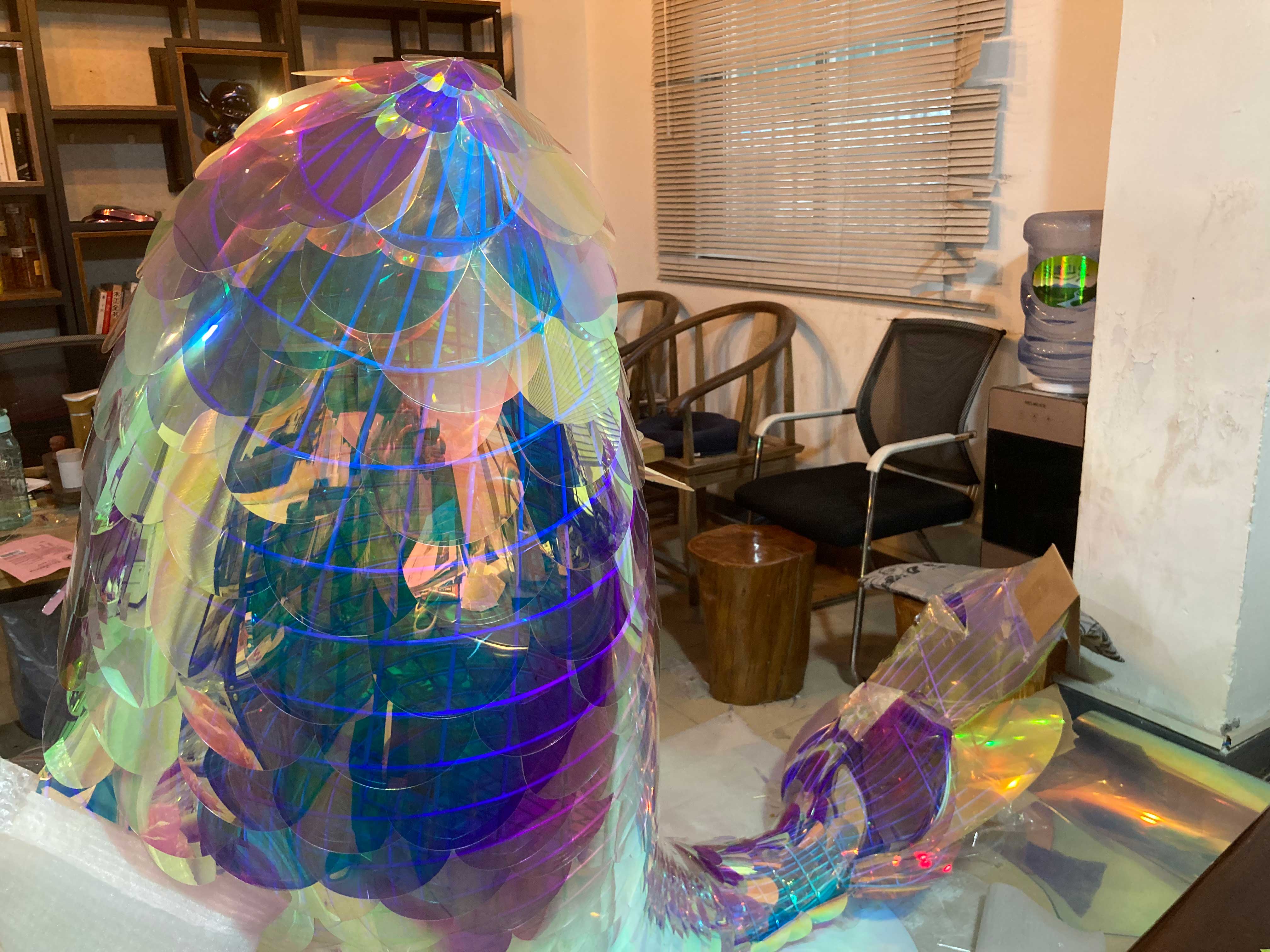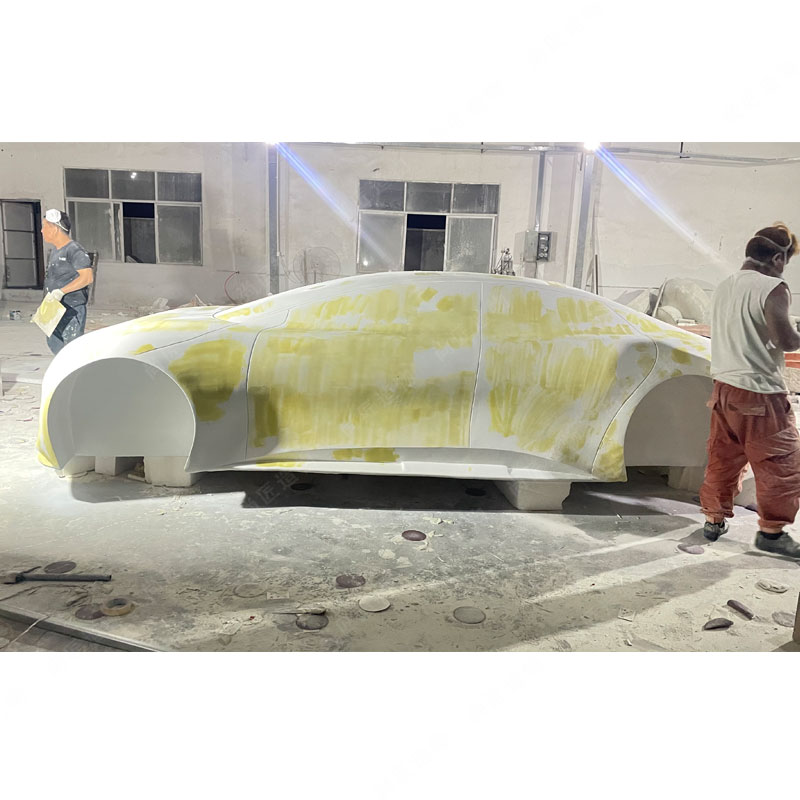Kinetic sculpture represents a dynamic evolution in modern artistry, significantly influenced by the use of stainless steel. This material not only enhances visual appeal but also ensures the structural integrity of sculptures, allowing for intricate designs that remain robust in outdoor environments. The integration of movement and interactivity has transformed how audiences engage with art, inviting participation rather than passive observation. As artists continue to experiment with technology and innovative techniques, kinetic sculptures are reframing public spaces into interactive landscapes. These artworks not only showcase creativity but also reflect broader design trends that emphasize the relationship between art and viewer engagement. By examining this evolution, we gain insight into how kinetic art is shaping our urban experiences and redefining contemporary aesthetic values.
Evolution of Kinetic Sculpture: A Journey Through Modern Art
Kinetic sculpture has seen significant transformations over the decades, evolving from static forms to dynamic pieces that engage viewers through motion. Early explorations utilized materials like wood and metal to create movement-driven art, but 20th-century advancements introduced stainless steel as a prominent medium. This durable material enables the construction of intricate designs that can withstand the elements, making it ideal for outdoor installations. Artists began to experiment with various mechanisms, allowing sculptures to spin, sway, or respond to environmental factors such as wind. The interactive aspect of kinetic art has further developed, inviting audiences to participate in the experience actively. Today's works often blend technology and art, pushing boundaries and redefining our understanding of movement in sculpture. This evolution reflects broader trends in contemporary design practices while showcasing the remarkable potential of kinetic artistry across urban landscapes.
| Year | Notable Development | Key Artist |
|---|---|---|
| 1930s | Introduction of modern materials | Alexander Calder |
| 1950s | Integration of mechanics | Jean Tinguely |
| 1970s | Rise of interactive installations | Yaacov Agam |
| 2000s | Fusion with digital technology | Anish Kapoor |
Stainless steel sculpturehas revolutionized how we perceive and interact with space in public areas, inviting ongoing dialogue between viewers and their environments.
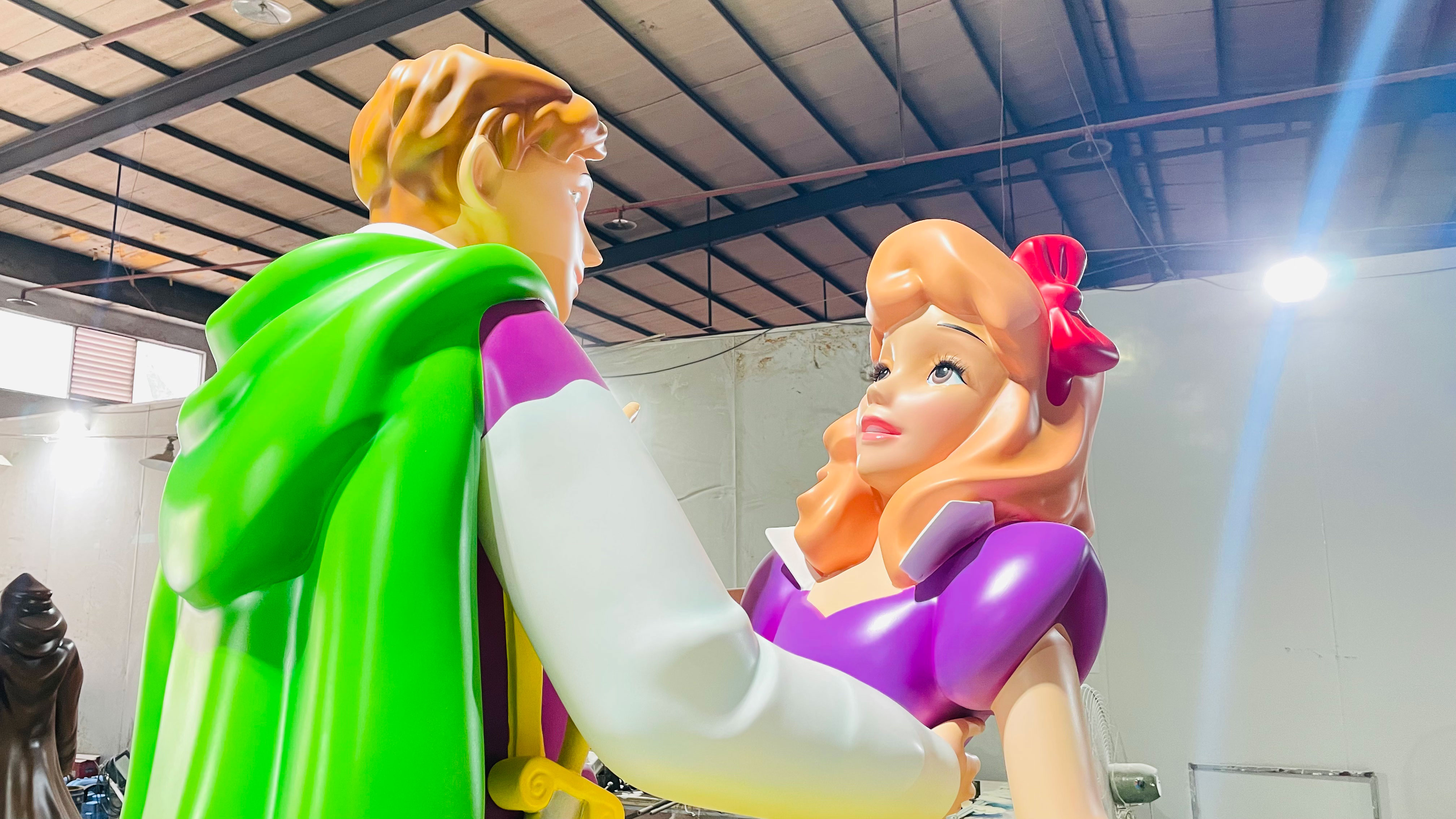
The Role of Stainless Steel in Contemporary Kinetic Design
Stainless steel has become a key material in modern kinetic sculpture, known for its durability and aesthetic appeal. Artists often select this metal for its ability to reflect light and create dynamic visual effects. The reflective quality of stainless steel not only enhances the movement within a sculpture but also engages viewers by altering their perception as they move around the piece.
"Materials should not only be functional but also provoke thought and interaction," said renowned sculptor Yaacov Agam.
This interactivity is vital in contemporary design, where the environment often influences the artwork's presentation. Sculptures made from stainless steel can withstand various weather conditions, making them ideal for public installations in urban landscapes. As cities incorporate more kinetic sculptures into their spaces, stainless steel plays a crucial role in ensuring these artworks maintain both their structural integrity and visual impact over time.
For those interested in exploring additional materials used in sculpture, consider checking out Fiberglass sculpture. The use of innovative materials alongside stainless steel continues to push the boundaries of what contemporary kinetic design can achieve, fostering a dialogue between artistry and technology.
Movement and Interaction: Defining Characteristics of Kinetic Sculptures
Kinetic sculptures are distinguished by their ability to incorporate movement and engage viewers on various levels. This art form often utilizes mechanical or natural forces to create dynamic presentations, inviting observers to interact and influence the experience. Stainless steel is notably significant in contemporary kinetic sculptures, as its reflective quality enhances the perception of motion while providing durability. Artists design pieces that may sway with the wind or respond to viewer proximity, allowing for a unique blend of art and interactivity. The physical movement of these sculptures captivates audiences, making them active participants rather than mere spectators. As a result, kinetic sculptures challenge traditional notions of static art, transforming public spaces into lively environments that inspire curiosity and exploration. For more on Kinetic sculpture.
Innovative Techniques Shaping the Future of Kinetic Artistry
As kinetic artistry continues to evolve, new techniques and technologies play a crucial role in its development. Artists are increasingly using materials like stainless steel for their durability and flexibility, allowing for intricate designs that respond to environmental elements. Techniques such as parametric design and digital fabrication enable the creation of dynamic shapes that shift perspectives depending on the viewer's angle. Additionally, advancements in robotics and sensors introduce interactivity into kinetic sculptures, inviting viewers to engage with the artwork actively. This blend of craftsmanship with technology not only enhances the visual appeal but also challenges traditional notions of art, forging a deeper connection between sculpture and audience engagement. The integration of sustainable practices further reflects a commitment to innovation, as artists seek to create meaningful pieces that resonate within modern urban environments.
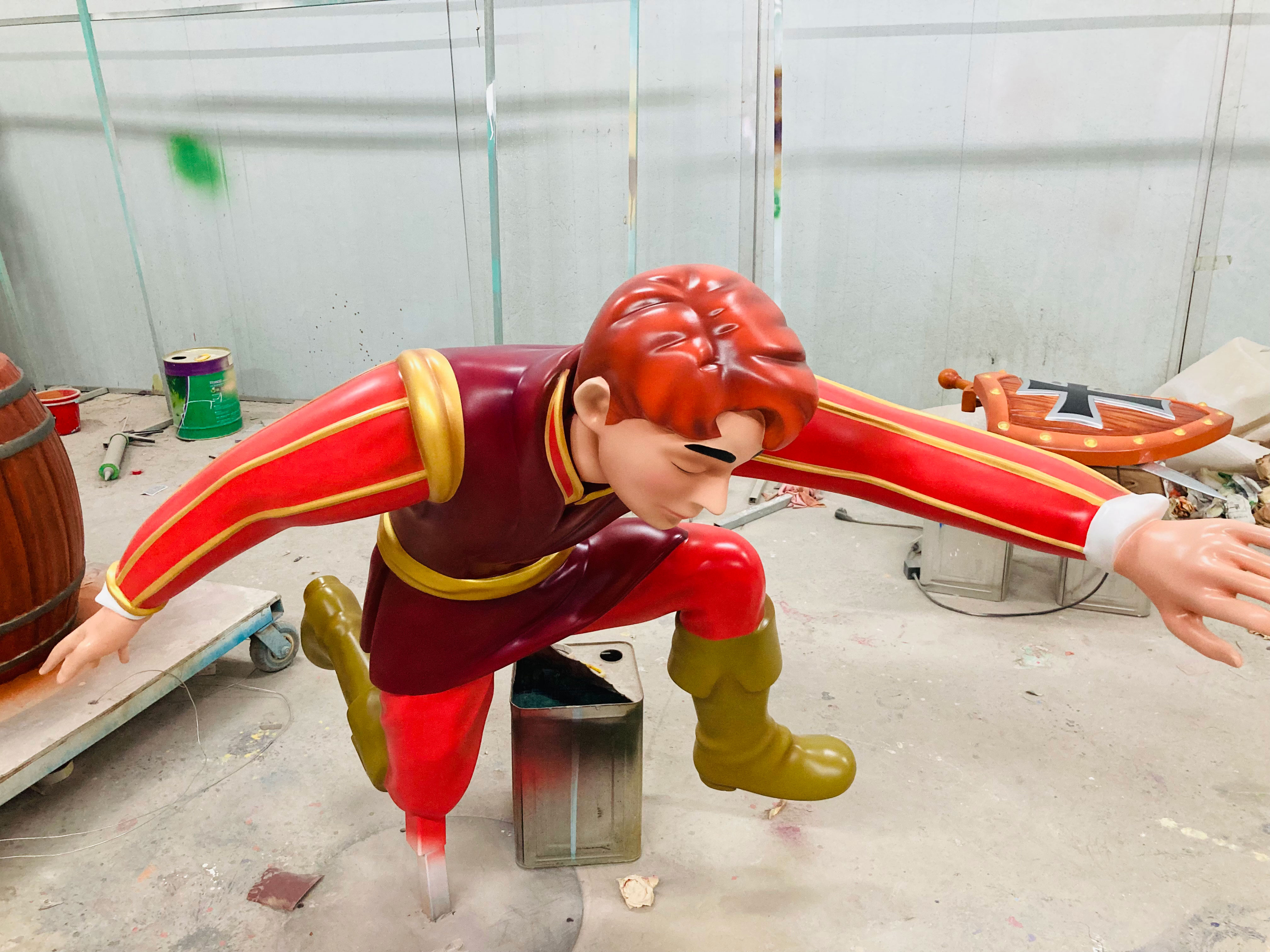
Urban Landscapes Transformed: The Presence of Kinetic Installations
Kinetic installations have begun to reshape urban landscapes, converting static spaces into interactive experiences. These dynamic artworks invite onlookers to engage with movement and light, making each visit unique. Stainless steel, with its reflective properties and durability, plays a crucial role in this transformation. Sculptures crafted from this material often shimmer in sunlight, evoking a sense of life and vitality as they respond to wind and human interaction. Cities worldwide are increasingly integrating these installations into public parks, plazas, and building facades, creating environments that encourage exploration and contemplation. As contemporary artists continue to innovate in kinetic design, the urban setting becomes a canvas for creativity. For instance, linking kinetic elements with technology enhances the dialogue between art and viewer even further, spotlighting the innovative spirit driving modern design. To discover more about how kinetic art overlaps with realistic forms, explore Realistic sculpture.
Influential Artists in the Evolution of Modern Kinetic Sculpture
Throughout the evolution of modern kinetic sculpture, several artists have profoundly influenced the genre, expanding its boundaries and introducing innovative concepts. Alexander Calder is often credited with popularizing mobile sculptures that move with air currents, creating dynamic pieces that engage viewers with their fluid motion. His works exemplify how movement can evoke emotion and intrigue. Similarly, Jean Tinguely pushed kinetic art further by crafting intricate machines that not only moved but also interacted with their surroundings, emphasizing the importance of play and chaos in art. Yaacov Agam is another notable figure whose contributions to optical illusions and interactive installations redefine viewer participation in kinetic sculptures. These artists collectively illustrate that modern kinetic sculpture is not just about movement but also about engaging audiences and challenging perceptions, showcasing how contemporary practices continually evolve through innovation and creativity. For a deeper exploration into unique forms of kinetic artistry, consider checking out IP character sculpture.

Kinetic Art as a Reflection of Innovation in Design Practices
Kinetic art showcases the relationship between movement and innovation in the field of design. Artists and designers have embraced technology, exploring how movement can enhance aesthetic appeal and engage viewers interactively. The use of materials like stainless steel has revolutionized kinetic sculptures, allowing for durably crafted pieces that resonate with both art and engineering principles. These sculptures often react to environmental changes, such as wind or proximity, creating a dynamic experience that captures attention in urban settings. Through inventive techniques like motion sensors and programmable elements, contemporary works push the boundaries of traditional art forms, highlighting a growing trend where creativity meets technological advancement. This evolution reflects society's increasing desire for art that is not only visually stimulating but also invites interaction and exploration.
Exploring the Intersection of Technology and Kinetic Sculpture
The fusion of technology and kinetic sculpture has transformed the landscape of modern art. Advancements in materials and mechanics have enabled artists to create works that not only move but interact with their environment. For instance, the integration of sensors and responsive systems allows sculptures to react to viewer movements, creating a dynamic dialogue between the artwork and its audience. This interplay enhances the experience, inviting participation rather than passive observation. Moreover, software-driven designs enable intricate movements that were once unimaginable, pushing the boundaries of creativity in kinetic sculpture. As we continue to embrace cutting-edge technologies, the potential for innovative and engaging kinetic art expands significantly, reshaping our interaction with art in urban spaces.
Conclusion
The journey of kinetic sculpture underscores its evolution as an engaging art form that resonates with modern design principles. The integration of stainless steel has not only enhanced the aesthetic appeal but has also reinforced the structural integrity of these dynamic pieces. As audiences increasingly seek interactivity and engagement, kinetic sculptures have transformed public spaces, inviting viewers to participate in the artistic experience. This evolution reflects a broader trend within contemporary art, where movement, technology, and innovation converge to challenge traditional boundaries. Looking ahead, the interplay between kinetic artistry and technological advancements will likely continue to shape how we perceive and interact with art in our urban environments.
FAQs
What materials are commonly used in kinetic sculptures?
Kinetic sculptures often use materials like stainless steel, wood, and aluminum. Stainless steel is favored for its durability and reflective qualities.
How do artists create movement in kinetic sculpture?
Artists employ mechanical systems, natural forces like wind, and technological innovations to create movement in their sculptures.
What role does interactivity play in modern kinetic art?
Interactivity invites viewers to engage with the artwork, transforming them from passive observers to active participants in the experience.
Can kinetic sculptures withstand outdoor elements?
Yes, many kinetic sculptures are designed with robust materials like stainless steel to endure various weather conditions while maintaining their aesthetic appeal.
Who are some influential artists in the field of kinetic sculpture?
Notable artists include Alexander Calder and Jean Tinguely, who have significantly shaped the evolution of kinetic art through their innovative designs.
 ch
ch English
English



